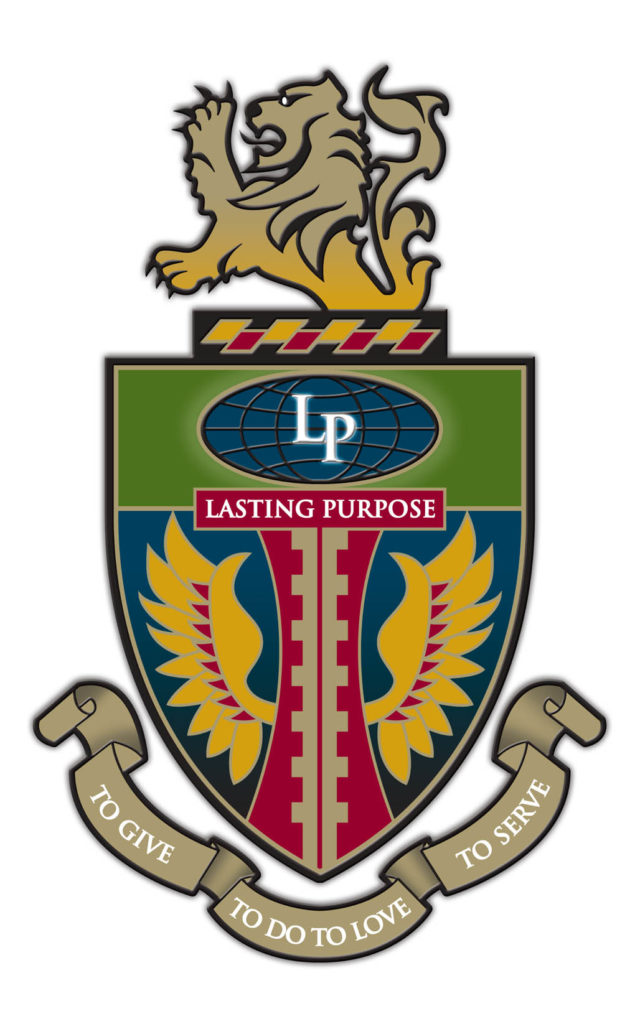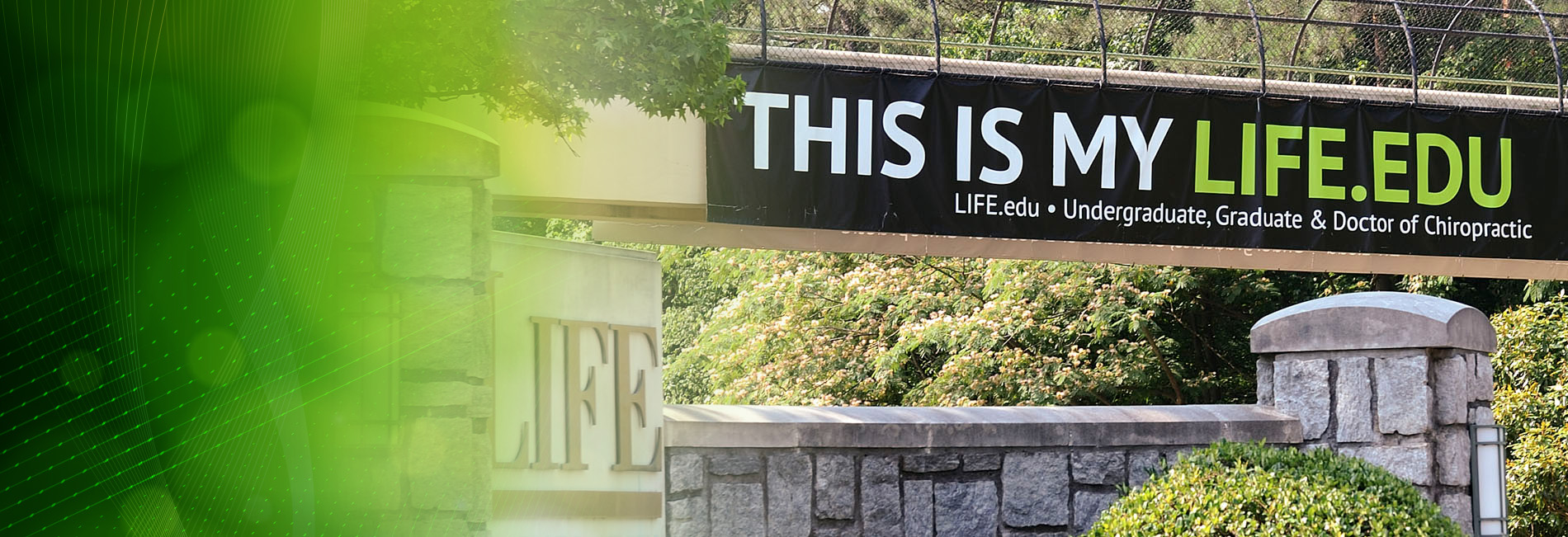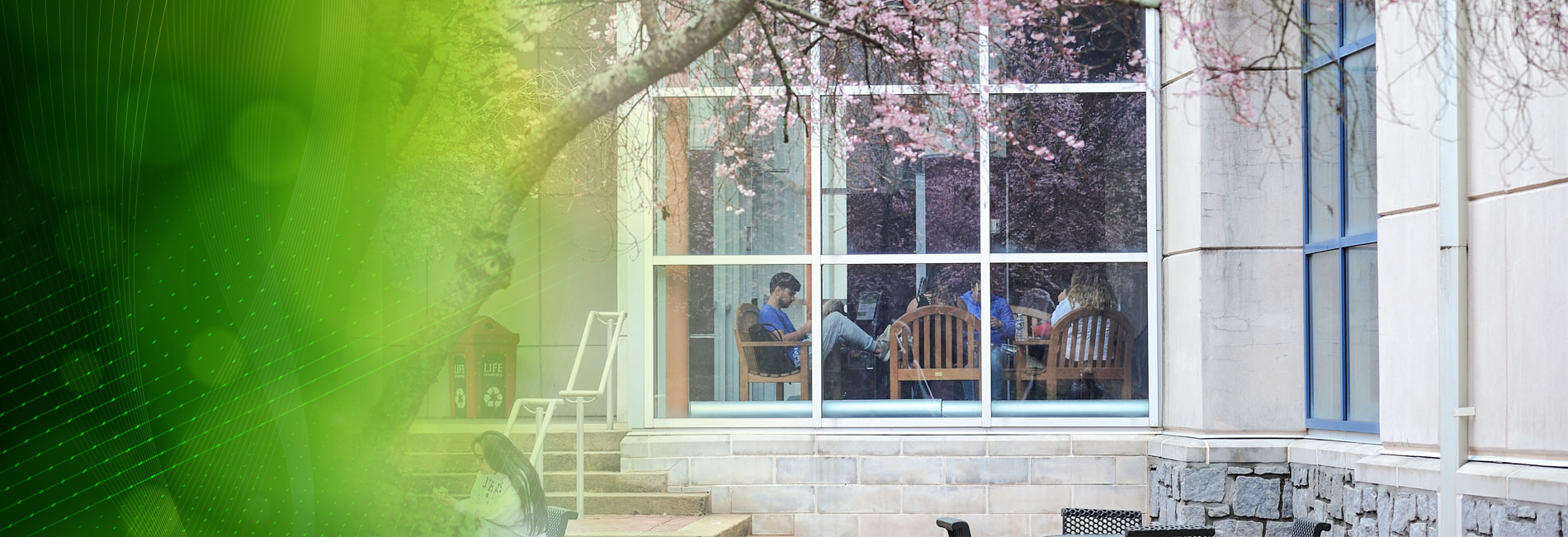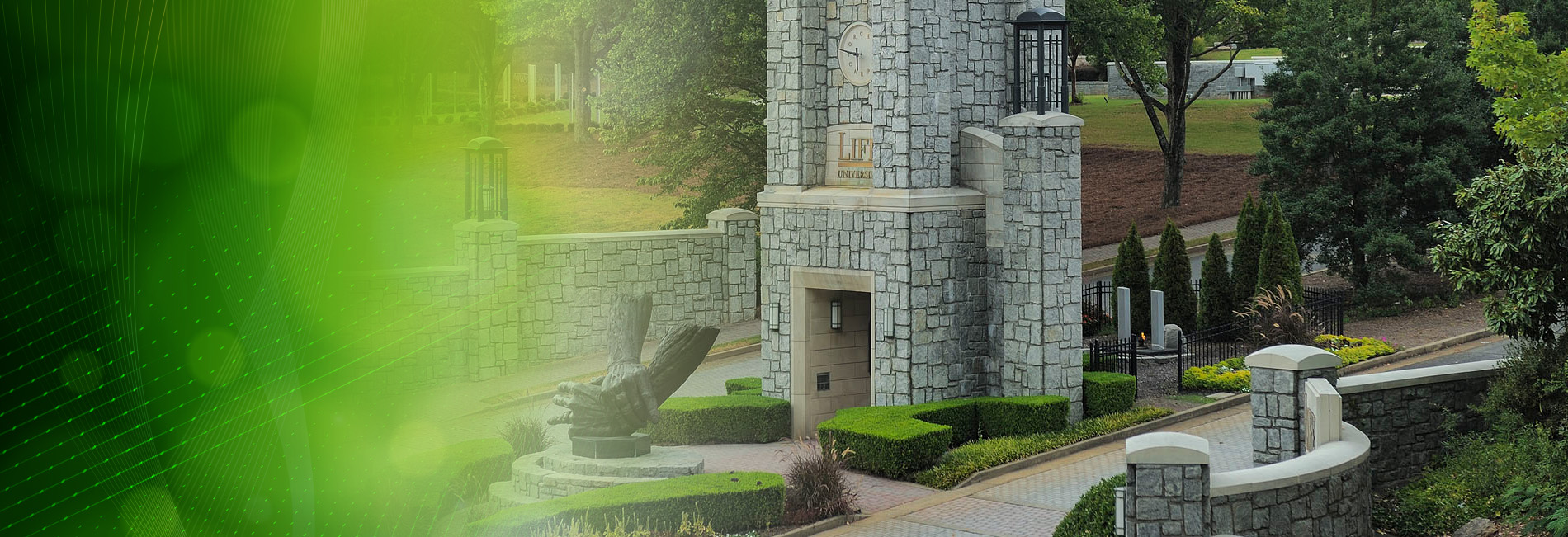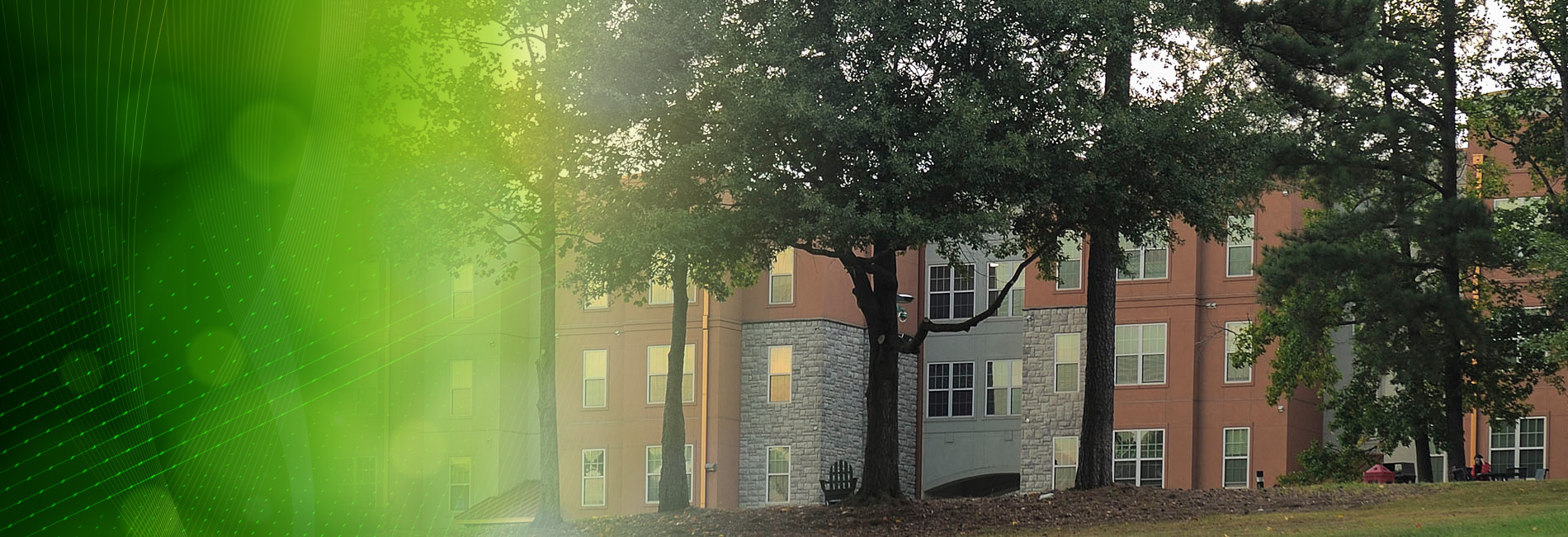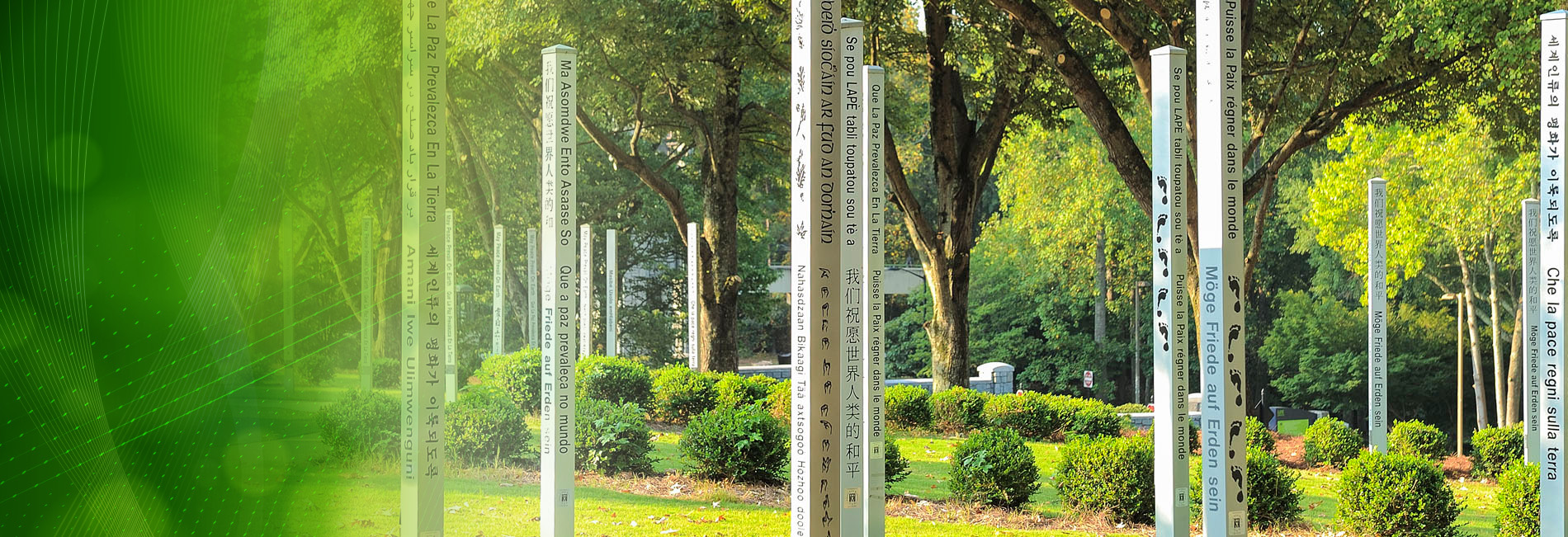History of Life University
Life University’s
History
The idea for Life Chiropractic College that would later become Life University was conceived by Dr. Sid Williams while a student at Palmer College. Dr. Sid’s journey began as a football player at Georgia Tech, where injuries led him to experience the benefits of chiropractic care, regaining his performance abilities without drugs and surgery. Notably, he was inducted into the Georgia Tech Football Hall of Fame, recognizing his outstanding athletic achievements.
Drs. Sid and Nell were members of the graduating class at Palmer School of Chiropractic in 1956 and went on to establish 19 successful practices throughout the Southeast. The Williamses were dedicated to the Palmer principles of Chiropractic, emphasizing upper cervical adjusting, compassion and accessibility to chiropractic care for all. They faced opposition for their unconventional approach of accepting all patients regardless of their condition or financial ability to pay. Undeterred, he established the Dynamic Essentials (DE) seminars in 1964 to empower chiropractors to better serve their patients. The Life Foundation, a non-profit organization, was later established in 1965 to support his vision for advancing chiropractic service, education and research, and ultimately raising funds to start a chiropractic college in Georgia. In 1966, early paintings and renditions were created for the “City of Life” depicting the futuristic campus and reinforcing Dr. Sid’s mantra that “Nothing Happens Unless First a Dream.” Due to the contributions of hundreds of dedicated DE doctors and friends, Life Chiropractic College opened its doors to the Day One Class in January 1975. Dr. Sid also founded Life Chiropractic College West in 1981.
Dr. Williams demonstrated a strong commitment to serving diverse communities, including:
- Providing chiropractic care to underserved communities, including African Americans in metro Atlanta and collaborating with governmental organizations in Latin America, Egypt, and Africa.
- Supporting African American, Native American and international students, fostering a spirit of global citizenship.
Under his leadership, Life University achieved remarkable success, including:
- The College of Chiropractic became the largest in the world.
- In all of the sports programs he established a winning/championship mentality, thus achieving 21-plus national championship athletic awards in Track and Field, Cross Country, Basketball, Ice Hockey and Rugby.
- The establishment of the Peak Performance Sports Chiropractic Clinics for professional, elite, collegiate and Olympic athletes in Atlanta and Costa Rica
- The Sid E. Williams Chiropractic Research Center for advancing vertebral subluxation-centered chiropractic science, which published evidence-based research and worked formally with the World Health Organization.
Dr. Williams’ philosophy, Lasting Purpose, encourages living a life of loving, giving and serving with compassion. He received numerous awards for his contributions to the metro Atlanta community, the Olympic spirit and the chiropractic profession at large, including the Lifetime Achievement Award from the International Chiropractors Association (ICA), thereby solidifying his legacy as “The Defender of Chiropractic.”
In June 2002, Life U’s accreditation was questioned by the Council on Chiropractic Education (CCE) and the Southern Association of Colleges and Schools (SACS). Accreditation by the CCE was temporarily suspended before being restored by a Federal Court injunction. Life U was put on temporary probation by SACS but returned to normal status soon after the accrediting restoration by CCE. During this time, Dr. Sid Williams retired as President of Life University.
Michael Schmidt, D.C., was installed as interim President in July 2002. Dr. Schmidt diverted resources from many of the programs and initiatives secondary to academics, such as the athletic program, to keep the University solvent. Other cost-cutting measures included workforce reductions and the sale of off-campus administrative and industrial buildings owned by the University. During the relative uncertainty of this period in Life U’s history, enrollment dropped significantly.
In January 2003, Benjamin DeSpain, Ph.D., was named President. Prior to his arrival, Dr. DeSpain had developed a reputation in his previous positions in higher education for turning the most challenging situations into opportunities for growth. It was during his tenure that the University’s programmatic accreditation was restored retroactively by the Federal Court.
In March 2004, Guy F. Riekeman, D.C., was installed as President of Life University, a role in which he served for more than 13 years through May 2017 when he was appointed University Chancellor. Dr. Riekeman, former Chancellor of Palmer Chiropractic University, played a key role in restoring Life U’s credibility as an institution of higher learning while serving as president. Within months of his appointment, he raised millions of dollars for capital expenditures and operating costs. Dr. Riekeman also led the University through reaffirmation of accreditation by SACS and CCE. Enrollment began growing again in 2004 and has been increasing consistently ever since. By 2008, Life U once again housed the largest single campus chiropractic college in the world, a distinction it holds to this day.
Changes included new construction built to Gold-level LEED standards, the “greening” of the campus and modernization of existing buildings. Life U also re-established chiropractic clinics in places such as China and Costa Rica.
Additionally, Life U is known throughout North America for its sports programs, especially its top-ranked rugby program. The University continues to influence policy makers via its forums and summits organized through the Octagon, a global think tank serving to advance dialogue on health care and in the community at-large related to the University’s Eight Core Proficiencies.
In May 2017, Rob Scott, D.C., Ph.D., was named the fifth President of Life University. Dr. Scott came to Life University in 2005 as the Dean of the College of Chiropractic before moving to Vice Provost and executive leadership roles in Academic Affairs. Dr. Scott brought more than two decades of experience in academia, chiropractic and health care to his role as President.
Since taking office, Dr. Scott has overseen a range of impactful initiatives that have significantly advanced Life University’s mission. The completion of the Generations Wall in 2017 stands as a testament to the enduring legacy of families dedicated to Chiropractic, inspiring future generations to follow their path. The opening of The Commons in 2018 has enriched student life, providing modern housing and communal spaces that foster a vibrant campus community.
His commitment to expanding educational opportunities led to the establishment of Life U’s College of Online Education, enhancing accessibility and flexibility for students worldwide. Additionally, his dedication to inclusivity is evident through the creation of the Office of Diversity, Equity, and Inclusion, making Life U a model of inclusive excellence.
Additionally, the development of the Palpation and Adjustment Trainer (PAT) has revolutionized hands-on training for chiropractic students, while the opening of the Running Eagles Performance Center and the Center for Veteran Services and Engagement underscores Life University’s commitment to supporting athletic excellence, as well as military and veteran students.
Moreover, the implementation of the University’s 2040 Strategic Plan under Dr. Scott’s guidance ensures a clear, progressive roadmap for the future, aligned with Life U’s mission, vision and values.
Dr. Scott’s visionary leadership continues to drive Life University forward, fostering a dynamic environment for innovation and growth in the higher education landscape.
The current Board of Trustees and administration of Life University wish to thank all who contributed their time, talent and treasure in support of Dr. Sid’s vision, and all who continue to support Life University today. Some of the early supporters included Drs. Ian Grassam, Jim Greg, John Hoffman, D.D. Humber, Thomas Morgan, Charles Ribley, Jim Sigafoose and Ralph Ungerank.
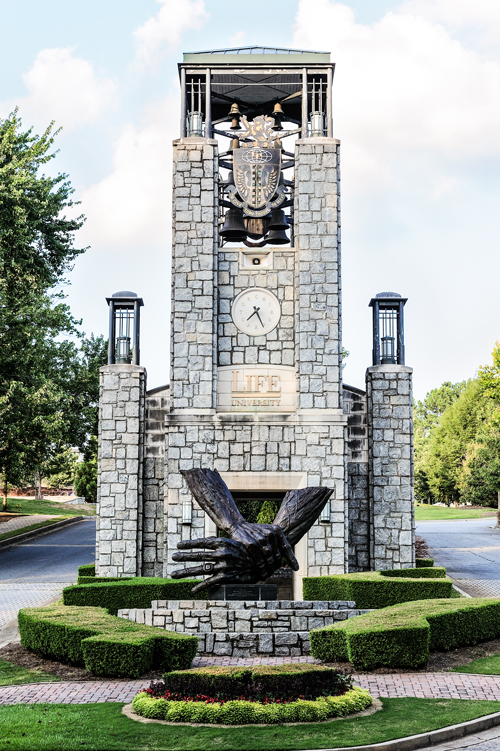
- Sidney E. Williams, D.C.
- Nell Williams, D.C.
- Ian Grassam, D.C.
- Janet Grassam
- Charles Ribley, D.C.
- Ruth Ribley
- R. James Gregg, D.C.
- Thomas O. Morgan, D.C.
- John A. Hofmann, D.C.
- Mary Ann Morgan
- Wayne King, D.C.
- Michael Nathanson, D.C.
- Ralph Ungerank, D.C.
- Wilma UngerankJim Sigafoose, D.C.
- Patsy Sigafoose
